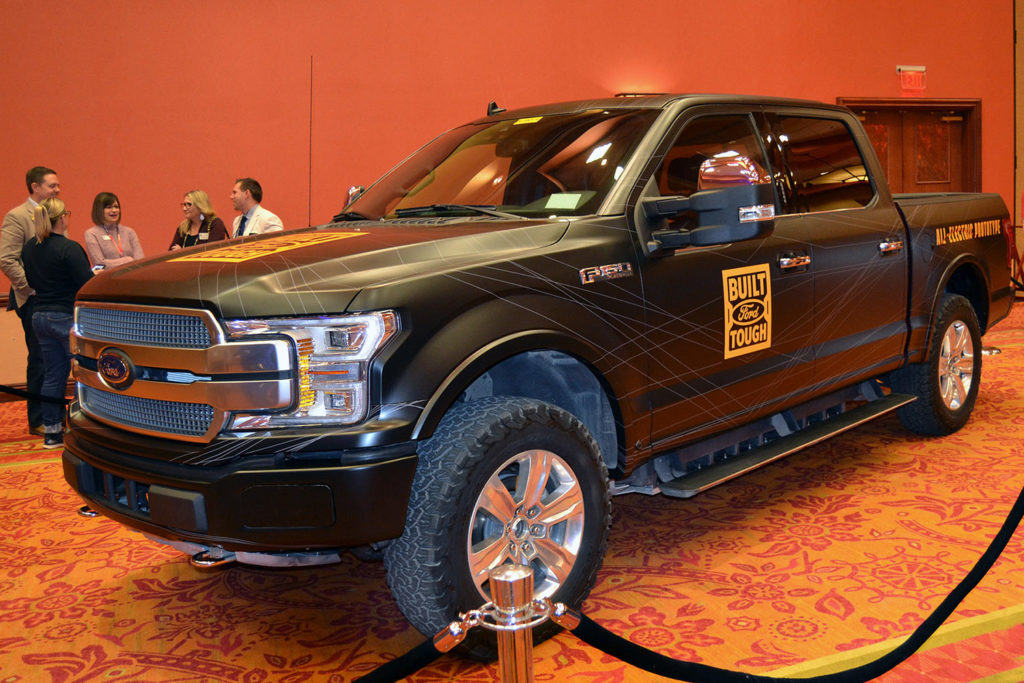
Electric cooperatives in Oklahoma are helping power a viable future for electric vehicles by committing resources and expertise to ensure that EV drivers can find charging power within an hour’s drive, anywhere in the state, by early 2020.
The program is a joint effort among Frances Renewable Energy, Western Farmers Electric Cooperative, distribution cooperatives, investor-owned utilities and other entities across the state, said Mark Faulkenberry, WFEC’s vice president of marketing and member relations.
“It’s our opportunity to bring this technology to the rural areas where we all benefit by creating more jobs and putting money back into consumers’ pockets,” said Gary Roulet, CEO of WFEC.
The Anadarko-based generation and transmission cooperative co-hosted an event detailing plans that officials described as a “game changer for electric vehicles,” establishing the most comprehensive public charging network in the nation. Public vehicle charging points will be deployed within 25 to 50 miles of every roadway in the state. The chargers should ease concerns for motorists traveling long distances, even in sparsely populated areas.
In some cases, the co-ops are working with Francis Renewable Energy agents to help identify viable host sites for the charging stations. Those facilities include casinos, travel centers, grocery stores, shopping centers, hotels and service stations.
“Our strategy is to look for locations where people wouldn’t mind spending 15 to 20 minutes while their vehicle charges—places where our members conduct commerce,” said Faulkenberry.
WFEC officials say a minimum of 110 Level 3 fast-charging public units will be needed to meet the deployment goal. Most Level 3 chargers are rated to charge EV batteries to 80% capacity within 30 minutes.
While Oklahoma is a leader in gas and oil production, interest in EV technology has utilities working with businesses and public agencies to help make it a viable part of the state’s future. The growing availability of electric passenger cars and the entry of pickups and utility vehicles into dealership offerings are expected to significantly increase the state’s market share for EVs.
“When this network is complete, I don’t think anyone will surpass us for some time,” said Faulkenberry. “California may have more chargers, but not as many on a per-capita basis and not as geographically spread out.”
Read More:
N.C. Co-ops Invest $1 Million in Electric Vehicle Charging Stations